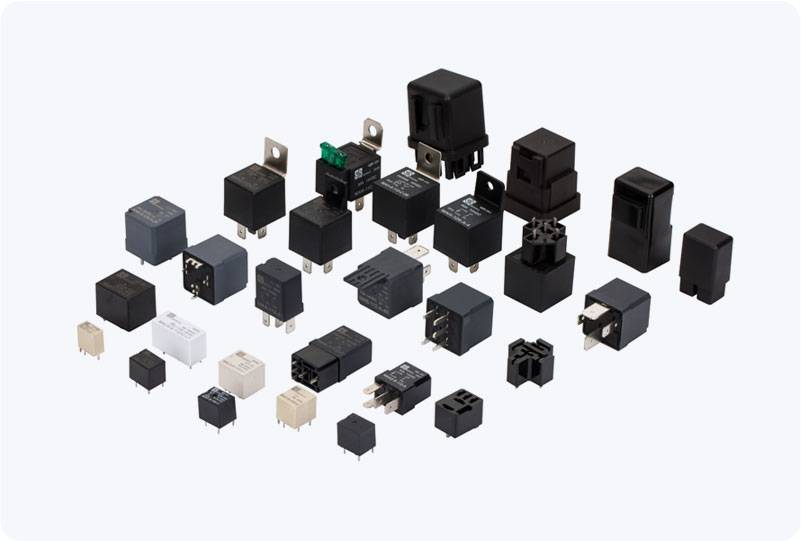telecommunication relay: the backbone of long-distance communication
Release time:2025-07-21 02:16:12
In the modern world of telecommunication, a telecommunication relay plays a critical role in ensuring the seamless transmission of signals over vast distances. With the ever-growing demand for high-quality, uninterrupted communication across the globe, the significance of relays in telecommunication networks cannot be overstated. These devices act as bridges, extending the reach of signals, amplifying weak signals, and ensuring reliable communication, no matter the distance or obstacles in the way. This article explores the concept of telecommunication relays, their different types, and the pivotal role they play in maintaining efficient and robust communication systems.

What is a Telecommunication Relay?
A telecommunication relay is an electronic or mechanical device used to receive, amplify, or retransmit signals across a communication network. The main function of a relay is to forward information from one point to another, often with the goal of extending the range or maintaining the integrity of the signal. In long-distance telecommunication, signals can degrade or become weak, and relays serve to boost the signal strength, ensuring that it can travel over greater distances without loss of quality.
Types of Telecommunication Relays
Telecommunication relays come in various forms, each suited for specific types of communication systems. The most common types include:

